The Dispersant Market is currently characterized by a dynamic competitive landscape, driven by increasing demand across various sectors such as paints and coatings, oil and gas, and personal care. Key players are actively engaging in strategies that emphasize innovation, sustainability, and regional expansion, which collectively shape the market's competitive environment. Companies like BASF (DE), Dow (US), and Evonik Industries (DE) are at the forefront, leveraging their extensive research and development capabilities to introduce advanced dispersant formulations that meet evolving customer needs. This focus on innovation, coupled with strategic partnerships, positions these companies to capitalize on emerging market opportunities.
In terms of business tactics, companies are increasingly localizing manufacturing to enhance supply chain efficiency and reduce operational costs. The Dispersant Market appears moderately fragmented, with a mix of large multinational corporations and smaller regional players. The collective influence of these key players is significant, as they not only drive technological advancements but also set industry standards that smaller competitors often follow.
In August 2025, BASF (DE) announced the launch of a new line of bio-based dispersants aimed at reducing environmental impact. This strategic move underscores BASF's commitment to sustainability and positions the company as a leader in eco-friendly solutions within the dispersant sector. The introduction of these products is likely to attract environmentally conscious customers and enhance BASF's market share in a competitive landscape increasingly focused on sustainability.
In September 2025, Dow (US) revealed a partnership with a leading technology firm to integrate artificial intelligence into its dispersant formulation processes. This collaboration aims to optimize product performance and reduce time-to-market for new products. By harnessing AI, Dow is not only enhancing its operational efficiency but also reinforcing its position as an innovator in the dispersant market, potentially setting new benchmarks for product development.
In July 2025, Evonik Industries (DE) expanded its production capacity for dispersants in Asia, responding to the growing demand in the region. This strategic expansion reflects Evonik's focus on regional growth and its commitment to meeting local market needs. By increasing its manufacturing capabilities, Evonik is likely to strengthen its competitive position and improve its responsiveness to customer demands in a rapidly evolving market.
As of October 2025, the competitive trends in the Dispersant Market are increasingly defined by digitalization, sustainability, and the integration of advanced technologies such as AI. Strategic alliances are becoming more prevalent, as companies recognize the value of collaboration in driving innovation and enhancing market reach. Looking ahead, competitive differentiation is expected to evolve, shifting from traditional price-based competition to a focus on innovation, technological advancements, and supply chain reliability. This transition may redefine the competitive landscape, compelling companies to invest in research and development to maintain their market positions.


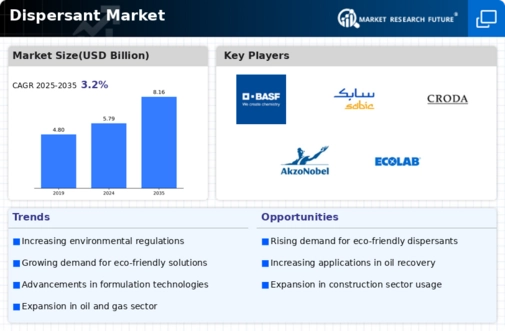
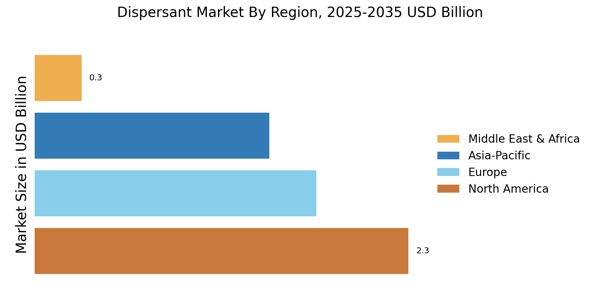
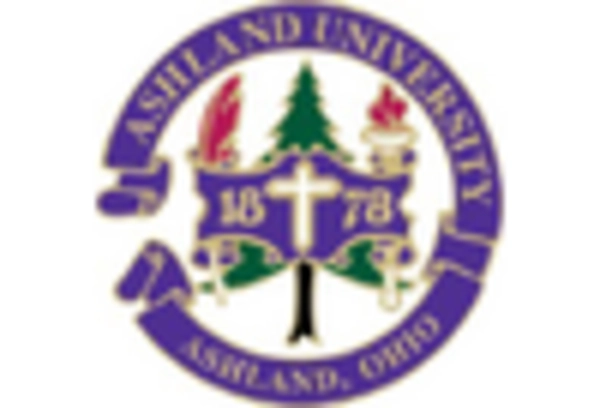

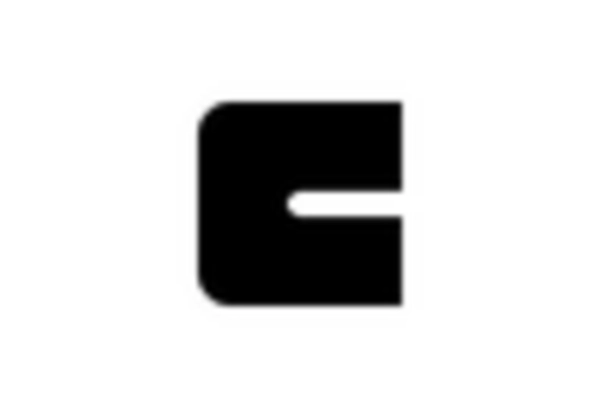

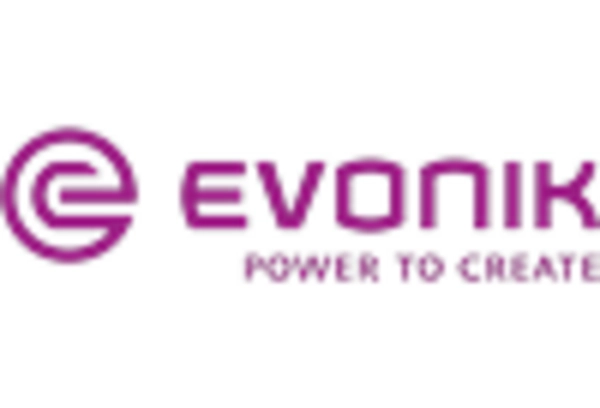









Leave a Comment